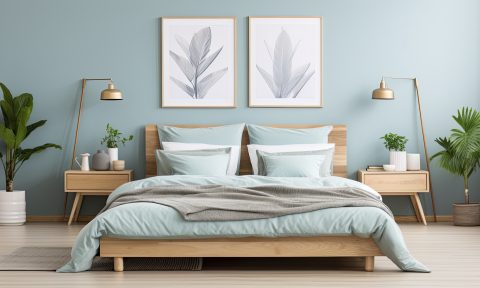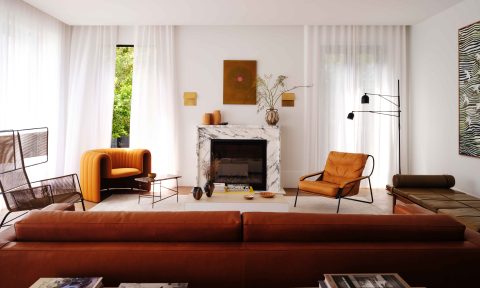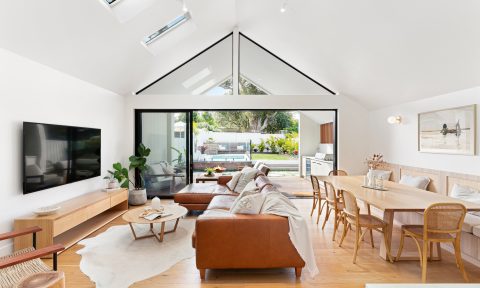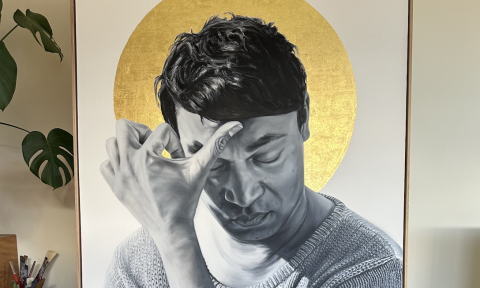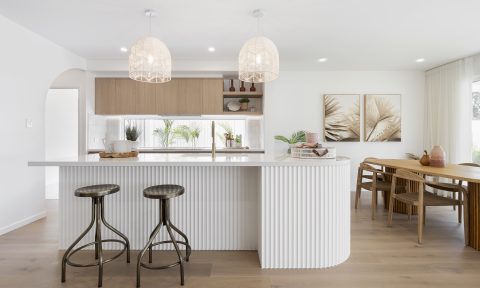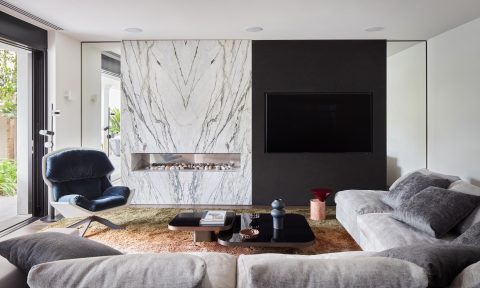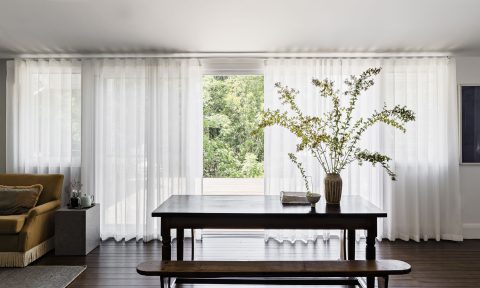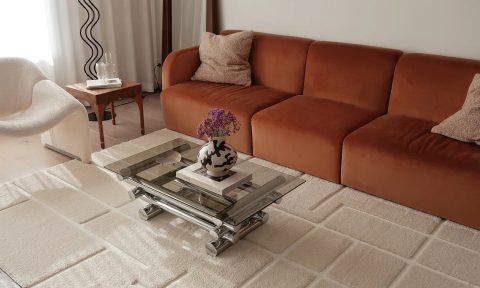With a record-breaking 305 entries from Australia and New Zealand, this year’s Dulux Colour Awards is perhaps its best yet. From blue to yellow, green and pink the bold and inventive use of colour this year is next level – honestly, there are so many amazing finalists I found it hard to play favourites.
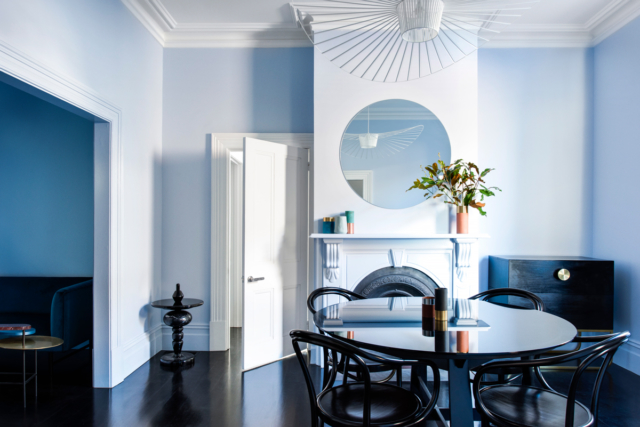
“We were thrilled to see such dynamic and inventive use of colour in this year’s entries. Architects and designers have really pushed the boundaries with colour application to create uplifting, engaging – and often thoroughly surprising – interior and exterior spaces,” says Andrea Lucena-Orr, Dulux colour planning and communications manager.
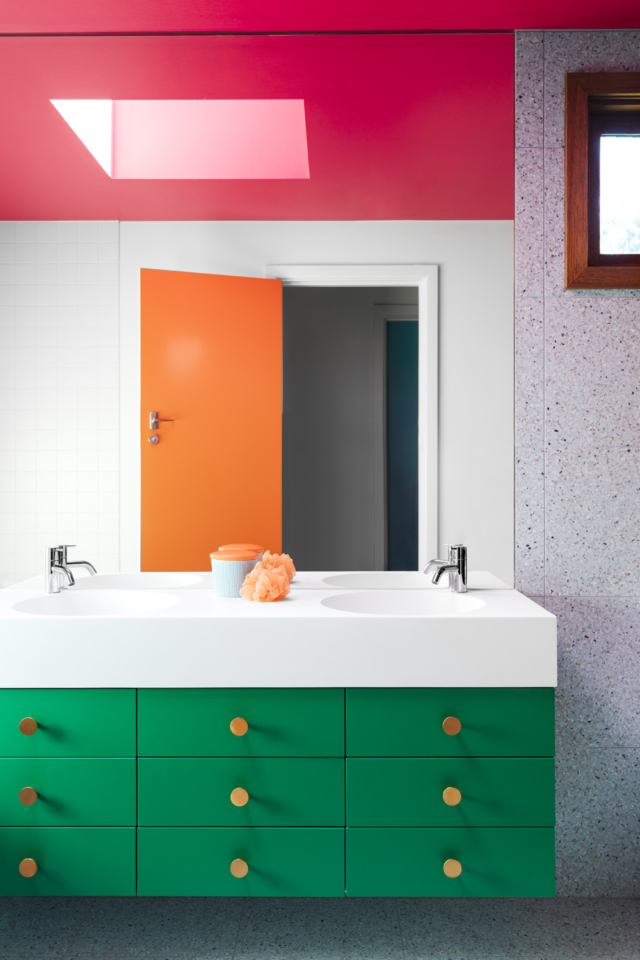
A celebration of the exceptional use of colour, this year’s 305 entries have been eliminated down to a list of 124 finalists (across commercial and residential spaces) with the final awards due to be presented at a gala event on May 10, 2018 at the National Gallery of Victoria. The judging panel includes design experts including David Hicks, Miriam Fanning and David Flack.
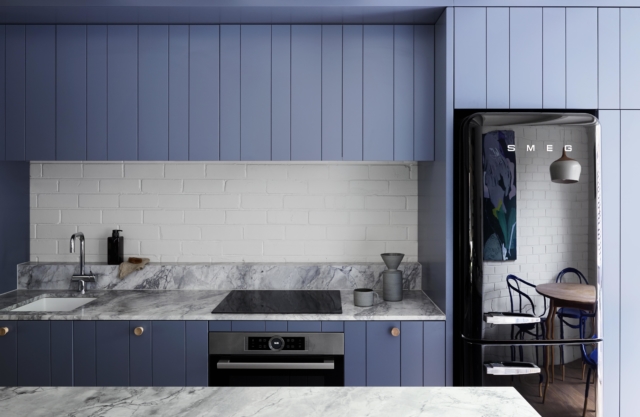
“Darker tones of black and charcoal continue to dominate in commercial and exterior spaces, but this year they’ve been punctuated with fun, vibrant accents of red, yellow and lime green in the form of panelling, door and window trims. There’s an unmistakable sense of 80’s nostalgia creeping in,” says Andrea.
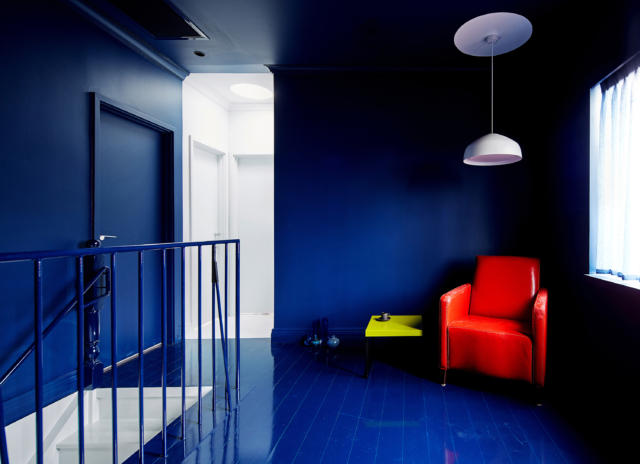
“At the other end of the spectrum, we’re seeing a trend towards softer, warmer palettes in commercial interiors – chalky grey-greens, diluted pinks and earthy terracotta that add character and a cocooning vibe,” says Andrea.
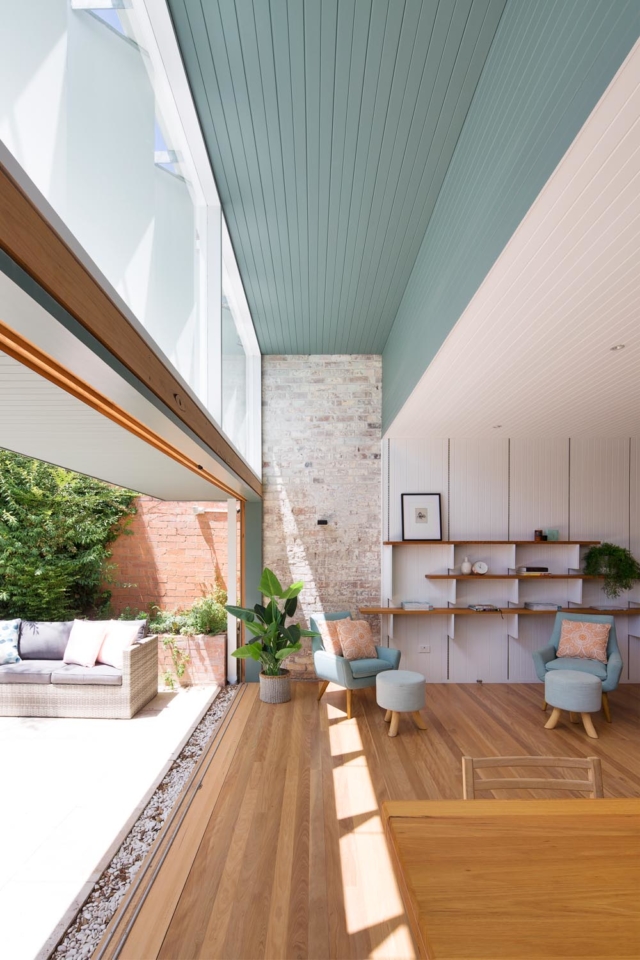
“Blue is emerging as a popular choice in residential interiors – warm denim tones are adding a relaxed elegance to bedrooms and kitchens, while funky turquoise is being used to energise and excite. Impactful tones of yellow are also making an appearance, often in unexpected places, such as ceilings and interior trims, adding a sense of unbridled joy into interior spaces,” says Andrea.
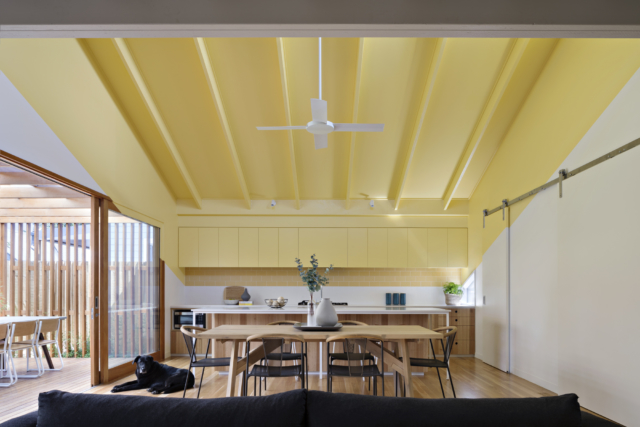
“Grey has lost none of its appeal, particularly in residential exteriors, but rather than opting for a single shade, designers and architects are layering up multiple shades of the one colour for a more sophisticated and interesting, tonal look,” says Andrea.


